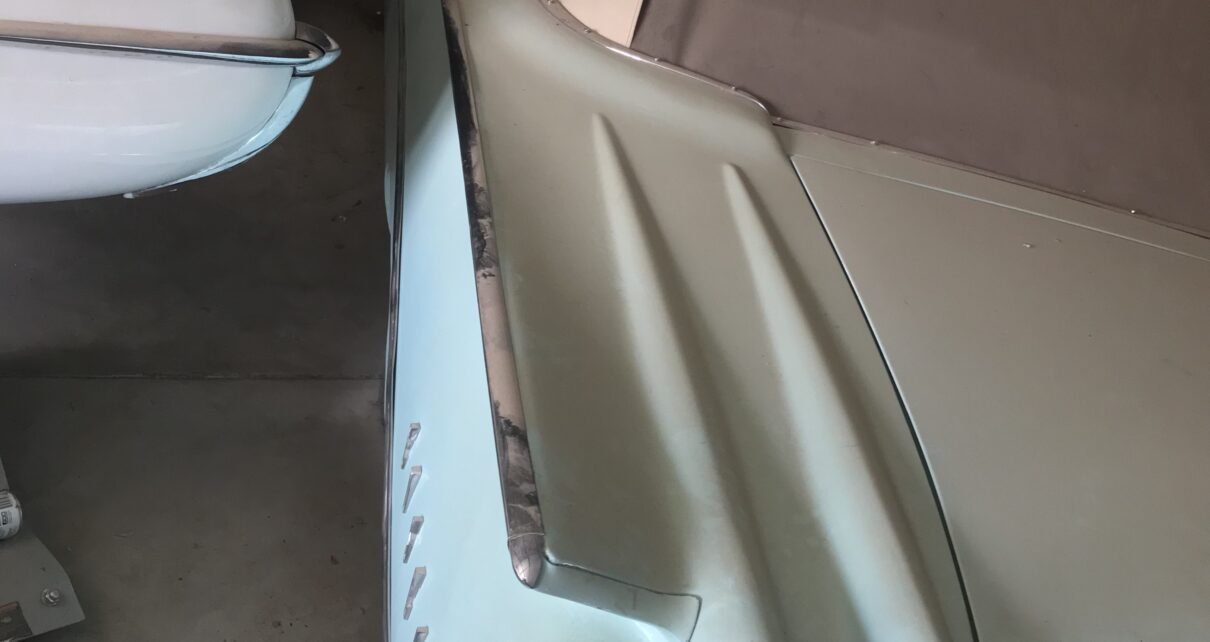Edsel — from Wikipedia
Edsel

Edsel was a make of car and a new car making division introduced by the Ford Motor Company on September 4, 1957. The company called that day, “E-Day.” It was named after Henry Ford’s son, Edsel Ford. The Edsel was also one of the biggest failures in history. It was sold for only three years, ending in 1960.
Ford planned to move their Lincoln brand upmarket and put another make in beneath it. Design of the Edsel began in 1955 under the name “E-car” which stood for “Experimental car”.
Edsel produced four models their first year, the 1958 model year. These were the large Citation and Corsair, and the smaller, easier to buy Pacer and Ranger.
These were the different body styles offered:
- Citation: 2 door hardtop, 4 door sedan, 2 door convertible
- Corsair: Same, no convertible
- Pacer: 2 door, 4 door, 2 door sedan, 2 door convertible
- Ranger: 2 door, 4 door, 2 door sedan, 4 door sedan
The Bermuda, Villager and Roundup were station wagons based on the two smaller Edsel models. They were basically the same as the 1957-59 Ford wagons.
63,110 Edsels sold the first year, which was the second largest car launch for any brand in history. Only the Plymouth introduction in 1928 was better, but still not as many cars as Ford hoped would sell.
There were only 2 Edsels in 1959, the Ranger and the Corsair. Only 44,891 cars were sold in that model year.
Only the Ranger and Villager were produced in 1960. These were almost exactly like the 1960 Ford cars. Only 2848 cars were built before the Edsel Motor Division was closed on November 19, 1959.
Edsel’s failure
Edsel’s failure is very famous because it failed after Ford put US$400,000,000 into its development. It had many innovations which are still in use today, including brakes which adjusted themselves and a very powerful V-8 engine called the “FE-series” that would be used for many years in later Fords. Also, the car did not live up to all of the promises in the advertisements before it was released. Some people blamed the look of the new car because of its very unusual grille shaped like a horse’s collar. One famous quote from an auto writer said that the Edsel looked like “an Oldsmobile sucking on a lemon.” Quality of the Edsel was a problem as well. Even the name was a problem to some buyers. Worst of all, the U.S. was entering a period of recession. All car sales were down.
Many drivers did not like having the automatic transmission as push-buttons mounted on the steering wheel hub. Since this was the place the horn was normally found, drivers ended up shifting gears instead of honking the horn.
The planned 1960 Edsel Comet compact car was relabeled Mercury Comet and sold more cars in its first year than all models of Edsel ever produced.
Fewer than 6,000 Edsels survive and today they are considered collectors’ items.









